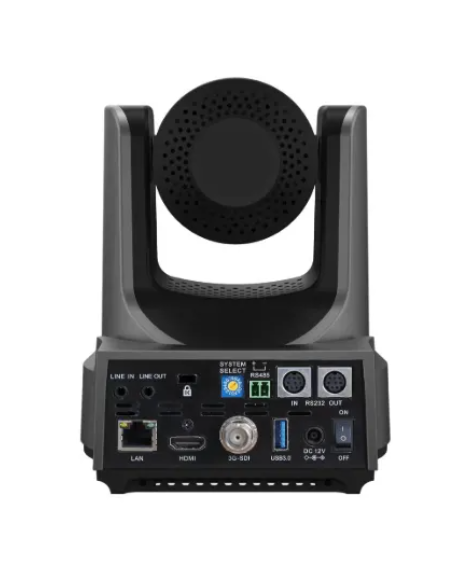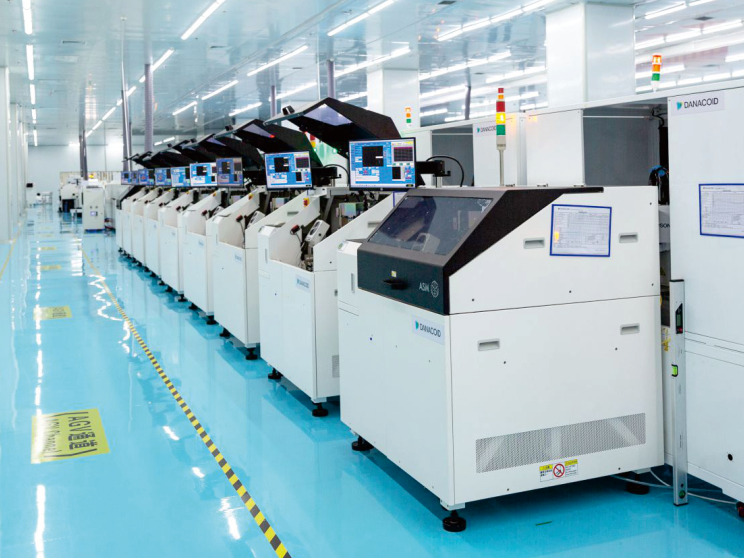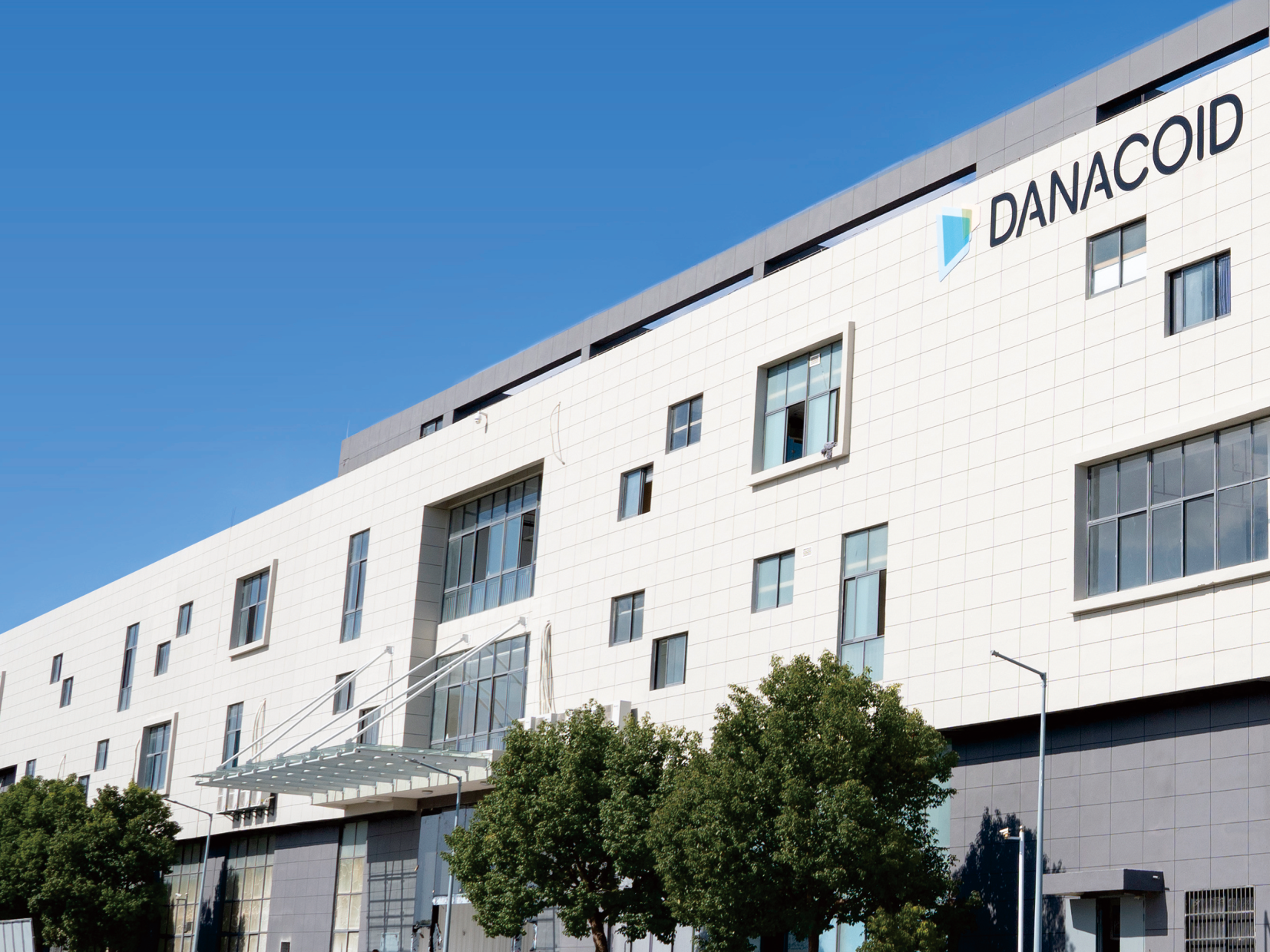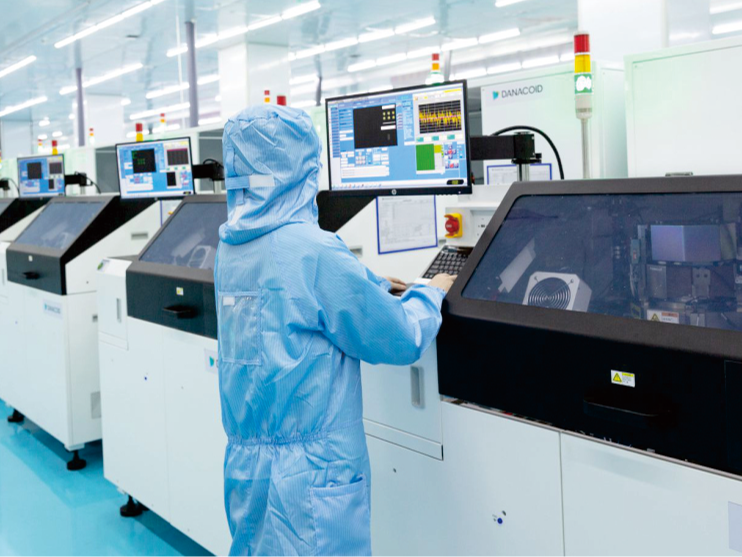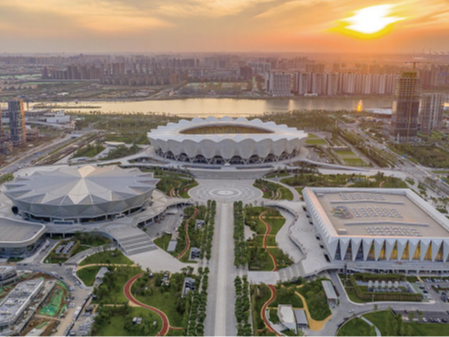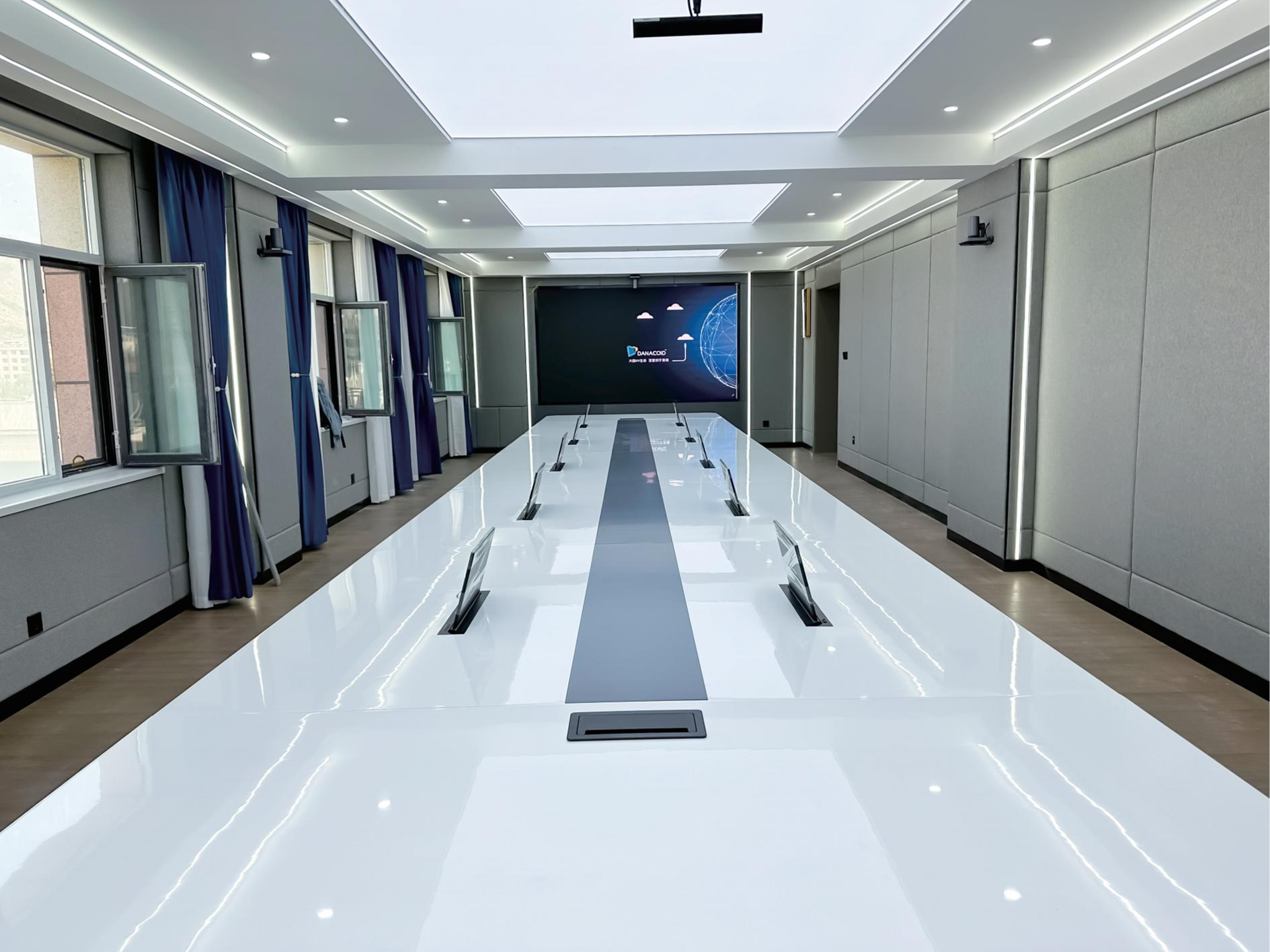Key Technical Features for Professional Video Conferencing
Resolution and Frame Rate: Ensuring HD Clarity
For professional video conferencing, a resolution of at least 1080p is essential to ensure clarity and effective engagement. This level of video resolution allows for the clear depiction of facial features and details, which are crucial for maintaining eye contact and understanding non-verbal cues during meetings. Moreover, a higher frame rate, such as 60fps, provides smoother video transitions and significantly reduces motion blur, enhancing the overall viewing experience. Industry reports indicate that high-definition video can notably increase audience engagement and retention, making it vital for meetings and presentations. When selecting a webcam for business use, prioritizing models that offer both high resolution and optimal frame rates can make a substantial difference in communication effectiveness.
Optimal Field of View for Business Settings
The field of view (FOV) is a pivotal feature when considering cameras for business settings. Typically, a range between 90 to 120 degrees is suitable for various meeting sizes and configurations. A wider FOV is especially beneficial for group meetings, allowing all participants to be included without needing frequent camera adjustments. This can foster a more inclusive atmosphere, reducing disruptions and maintaining a seamless interaction flow. Studies have suggested that appropriate FOV settings enhance viewer engagement by ensuring all participants are visible during virtual discussions, thereby supporting active participation and collaborative dynamics.
Autofocus and Low-Light Performance
Reliable autofocus and low-light capabilities are indispensable features in dynamic office environments. Autofocus ensures that the camera maintains a sharp image as individuals move around during discussions, preventing blurry visuals that could detract from the meeting's effectiveness. Additionally, low-light performance is crucial for video conferencing in conditions where lighting is suboptimal, often enhancing visibility through advanced sensor technology. Cameras with superior autofocus and low-light functionalities are highly favored by users, as these features contribute to maintaining video quality in varied environments. Statistics from user reviews highlight preferences for cameras equipped with these capabilities, underscoring their value in professional settings.
Audio Quality and Compatibility with Conferencing Tools
Built-in vs. External Microphones: Balancing Needs
The choice between built-in and external microphones fundamentally impacts audio quality in video conferencing setups. Built-in microphones offer convenience due to their integrated nature, which can be particularly beneficial for small meetings or casual setups. On the other hand, external microphones often deliver superior audio quality, making them preferable for larger conference spaces where clarity and richness of sound are paramount. When selecting microphones, consider the room size and layout to determine the ideal number needed for optimal sound capture. Customer feedback and opinions from tech experts frequently highlight that external audio solutions contribute significantly to enhancing communication clarity during online meetings, ensuring every word is heard distinctly.
Noise-Canceling Capabilities for Clear Communication
Noise-canceling technology is vital in maintaining clear communication during video conferencing, as it effectively reduces unnecessary background noise. This technology works by identifying and eliminating disruptive sounds that may arise in a busy office environment. There are both hardware-based and software-based noise reduction features available, each with its own merits. Hardware noise canceling generally includes physical components designed to minimize surrounding sound, while software noise cancellation employs algorithms to suppress unwanted audio. Industry statistics have shown that improving audio quality through noise canceling can directly correlate with better outcomes in meeting sales and enhance collaboration efforts, emphasizing its necessity in professional settings.
Integration with Zoom, Teams, and Other Platforms
To ensure seamless and versatile video conferencing, compatibility with major platforms such as Zoom, Microsoft Teams, and Google Meet is crucial. These platforms serve as the backbone for communication in many businesses, offering diverse functionalities. However, integration can sometimes present challenges, such as conflicts between plugins or software inconsistencies. Addressing these issues involves adopting solutions that streamline operations across various conferencing tools. Insights from IT managers often reveal common problems faced during the integration process, offering valuable recommendations for standardizing and optimizing conferencing solutions. By prioritizing compatibility, businesses can maximize the potential of their conferencing tools and enhance user experience significantly.
Ergonomics and Setup for Seamless Use
Mounting Options and Adjustability
When setting up a video conferencing solution, the mounting options and adjustability of the camera are crucial factors to consider. You can choose from mounting options like tripods, wall mounts, and table stands, each offering unique advantages based on your office setup. For example, tripod mounts are portable and versatile, fitting well in dynamic settings, while wall mounts are ideal for permanent installations. Adjustability is equally important, allowing cameras to be positioned at various angles to accommodate different user heights and seating arrangements. According to ergonomic studies, optimal camera placement aligns with eye level to minimize strain and enhance interaction authenticity. Such thoughtful setups are preferred among professionals for promoting a natural meeting experience and adapting to diverse conferencing environments.
Plug-and-Play vs. Advanced Configurations
Understanding the differences between plug-and-play and advanced configuration cameras is essential for selecting the best fit for professional use. Plug-and-play cameras are user-friendly and require minimal setup—simply connect them to a computer, and they're ready to go, an excellent choice for quick, hassle-free calls. In contrast, cameras offering advanced configurations provide more customized options, enhancing video and audio quality for specialized tasks like webinars and live events. Configurable settings can include manual adjustments for lighting, focus, and sound capture. Feedback from users often highlights appreciation for the adaptability of advanced systems, especially when the highest quality is necessary for professional presentations and collaborations. This flexibility allows businesses to tailor their setups to precise needs, resulting in superior conferencing capabilities.
Budget Considerations for Business Solutions
Cost-Effective Entry-Level Cameras
Cost-effective entry-level cameras are ideal for small businesses and remote teams looking to enhance their conferencing capabilities without hefty investments. These cameras usually provide basic HD quality, sufficient for clear communication during video calls. However, it's important to acknowledge the trade-offs associated with these lower-priced options. While they may lack some advanced features like superior low-light performance and enhanced audio quality, they do deliver on essential functionalities, making them a practical choice for budget-conscious users. According to market research, there's been a noticeable uptick in sales of affordable conferencing solutions, highlighting their growing demand amidst smaller enterprises and telecommuters.
Mid-Tier Options for Growing Teams
For growing teams that require more than the basics, mid-tier cameras present a balanced choice, offering advanced features without straining the budget significantly. These options may include superior resolution, enhanced auto-focus, and even improved microphones, catering perfectly to hybrid work environments that blend in-office and remote work. In these scenarios, the improved quality facilitates seamless communication and collaboration. Market surveys have indicated that businesses transitioning to mid-tier solutions often experience a positive return on investment (ROI) due to the enhanced productivity and professional appearance during remote meetings.
High-End Investment for Enterprise Needs
High-end video conferencing cameras are tailored for enterprises that demand high scalability and professional-grade features. These devices typically offer superior video quality, advanced noise-canceling microphones, and AI-driven features such as automatic framing and background adjustments. Investing in such technology can future-proof a company's conferencing setup, especially as business needs evolve. Insights from industry leaders suggest that integrating advanced conferencing solutions not only addresses current demands but also adapts to emerging technology trends, ensuring continued relevance and efficiency in global communications.
FAQ
What resolution is recommended for professional video conferencing?
For professional settings, a resolution of at least 1080p is recommended to ensure clarity and effective engagement.
How does field of view affect video conferencing?
A wider field of view, ranging from 90 to 120 degrees, is beneficial for group meetings as it includes all participants without frequent adjustments.
Why is autofocus and low-light performance important?
Autofocus ensures sharp images during movement, and low-light performance enhances visibility in poorly lit environments.
Should I use a built-in or external microphone for video conferencing?
Built-in microphones are convenient for small meetings, while external microphones offer superior audio quality for larger spaces.
How does noise-canceling technology improve communication?
Noise-canceling technology reduces background noise, enhancing communication clarity in busy office environments.
Table of Contents
- Key Technical Features for Professional Video Conferencing
- Audio Quality and Compatibility with Conferencing Tools
- Ergonomics and Setup for Seamless Use
- Budget Considerations for Business Solutions
-
FAQ
- What resolution is recommended for professional video conferencing?
- How does field of view affect video conferencing?
- Why is autofocus and low-light performance important?
- Should I use a built-in or external microphone for video conferencing?
- How does noise-canceling technology improve communication?


